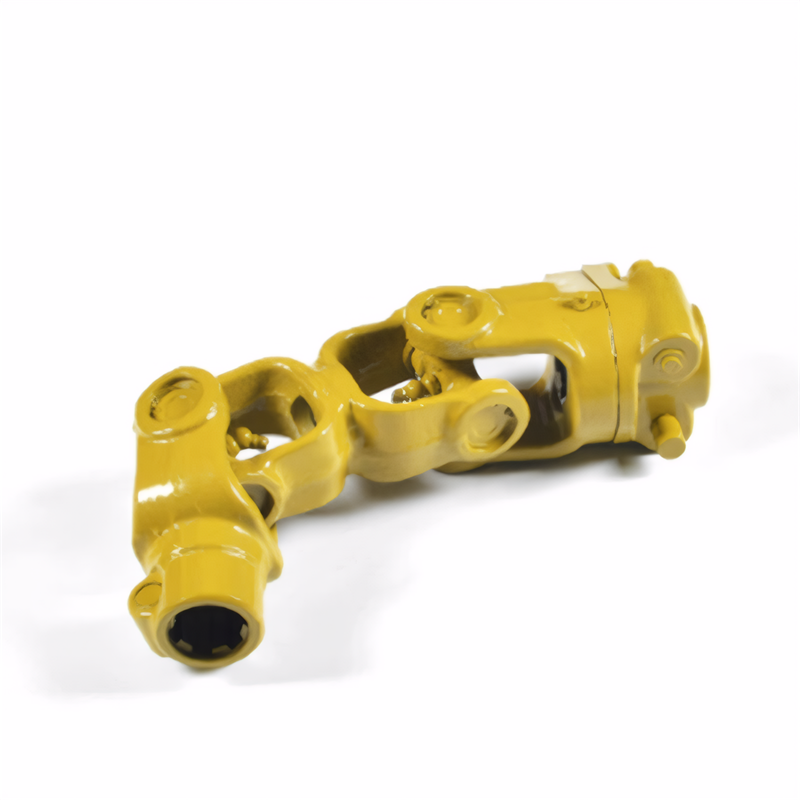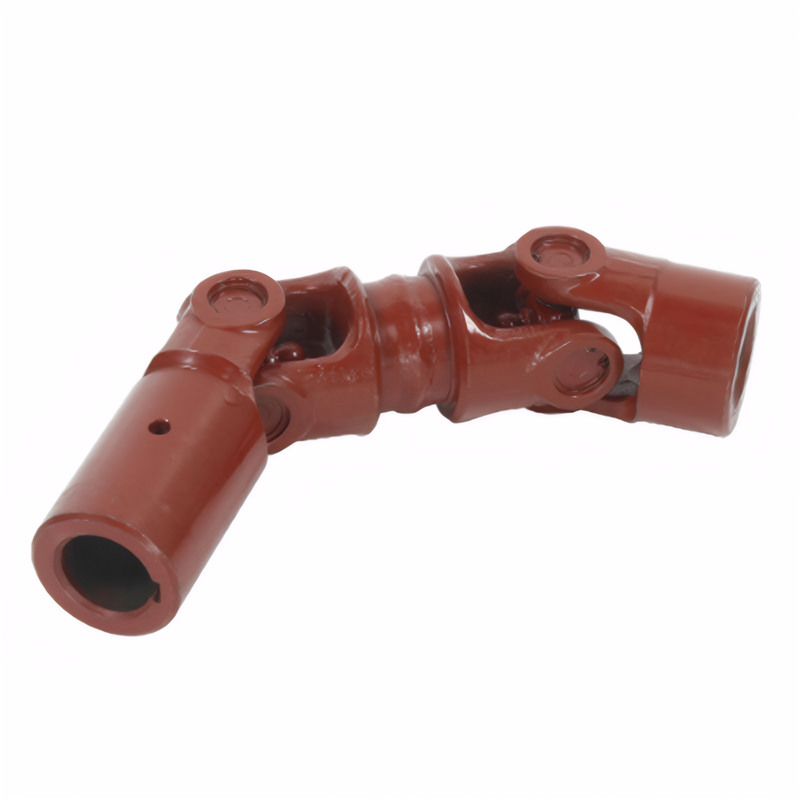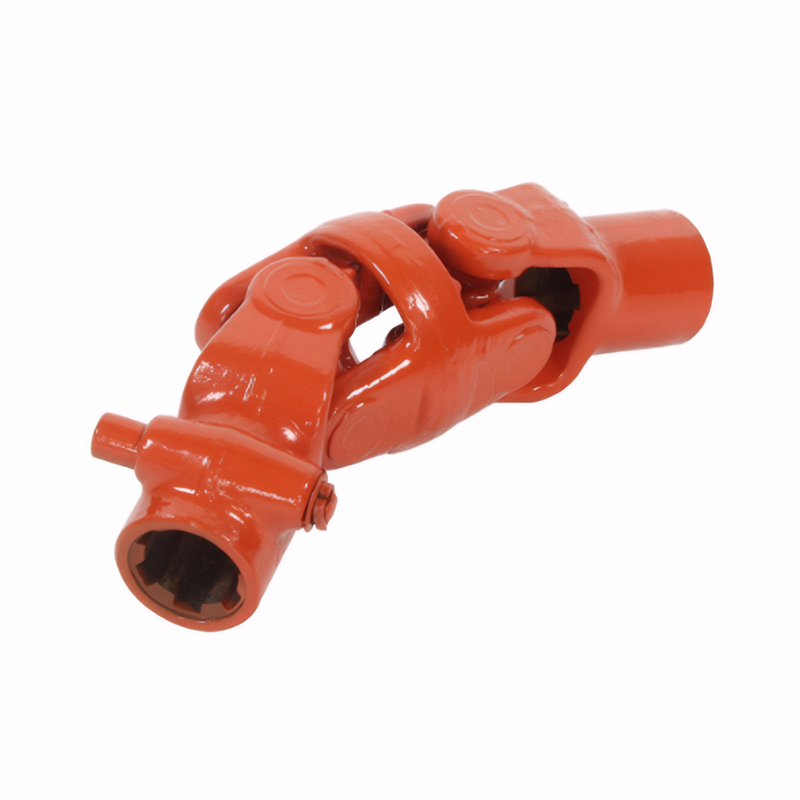The method of balance correction for drive shafts and key points of CNC processing services for plastic products
Methods for Balancing Correction of Transmission Shafts
Static Balancing Correction for Simple Transmission Shaft Structures
Static balancing is a fundamental approach used for transmission shafts with relatively straightforward designs. This method focuses on eliminating imbalance in a single plane. To perform static balancing, the shaft is mounted horizontally on low-friction supports, such as knife - edge bearings or V - blocks. Once the shaft is set up, it is allowed to rotate freely. Due to the imbalance, the shaft will naturally come to rest with the heavier side at the bottom.
The amount of imbalance is determined by adding or removing material from the appropriate location. One common way is to drill small holes at specific points on the lighter side of the shaft. The size and depth of these holes are calculated based on the measured imbalance. For example, if the shaft has a significant mass deviation, larger and deeper holes may be required. Another option is to attach balancing weights to the lighter side. These weights can be made of materials like lead or steel and are precisely positioned to counteract the existing imbalance. Static balancing is suitable for shafts that operate at relatively low speeds, where dynamic imbalances have minimal impact.
Dynamic Balancing Correction for High - Speed Transmission Shafts
Dynamic balancing is essential for transmission shafts that rotate at high speeds, as it addresses imbalances in multiple planes. This process is typically carried out using specialized dynamic balancing machines. The shaft is mounted on the machine, which consists of two or more support points with sensors to measure vibrations.
As the shaft rotates, the sensors detect any vibrations caused by imbalances. The machine then analyzes these vibrations to determine the magnitude and location of the imbalances in both the radial and axial directions. Based on this analysis, the machine provides instructions on where to add or remove material. Similar to static balancing, material can be removed by drilling holes or machining off excess material from specific areas of the shaft. Adding material can be done by welding balancing weights or attaching pre - made weights at the designated locations. Dynamic balancing ensures that the shaft operates smoothly at high speeds, reducing wear on bearings and other components, and minimizing noise and vibration.
On - Site Balancing Correction for Installed Transmission Shafts
In some cases, it may be necessary to perform balancing correction on a transmission shaft that is already installed in a machine or vehicle. On - site balancing offers a convenient solution in such scenarios. This method uses portable balancing equipment that can be attached to the shaft while it is still in place.
The equipment typically includes vibration sensors and a data acquisition system. The sensors are placed at strategic locations on the machine or vehicle to measure the vibrations generated by the rotating shaft. The data acquisition system collects and analyzes these vibrations in real - time. Based on the analysis, the operator can determine the type and location of the imbalance.
To correct the imbalance on - site, adjustments can be made without completely removing the shaft. For example, if the imbalance is due to a loose component or an uneven distribution of lubricant, these issues can be addressed directly. In some cases, small balancing weights can be added or removed from accessible parts of the shaft or its associated components. On - site balancing is a cost - effective and time - saving approach, especially when disassembling the machine or vehicle to access the shaft would be complex and time - consuming.
Key Points for CNC Machining Services of Plastic Products
Precision Tool Selection for Plastic CNC Machining
The choice of cutting tools is crucial for achieving high - quality CNC machined plastic products. Different plastics have unique properties, such as hardness, melting point, and brittleness, which require specific tool geometries and materials. For example, when machining soft plastics like polyethylene, high - speed steel (HSS) tools with a sharp cutting edge can be used. These tools can effectively cut through the material without causing excessive heat buildup, which could lead to melting or deformation.
On the other hand, for harder plastics like polycarbonate, carbide tools are more suitable. Carbide tools offer better wear resistance and can maintain their sharpness for longer periods, ensuring consistent machining quality. Additionally, the tool's rake angle and clearance angle play important roles. A positive rake angle helps in reducing cutting forces and improving chip evacuation, while an appropriate clearance angle prevents the tool from rubbing against the workpiece, reducing heat generation and tool wear.
Optimized Cutting Parameters for Plastic Materials
Setting the right cutting parameters is essential for efficient and high - quality plastic CNC machining. The cutting speed, feed rate, and depth of cut need to be carefully adjusted based on the type of plastic being machined. For soft plastics, a relatively high cutting speed can be used to increase productivity, but the feed rate should be controlled to avoid excessive material deformation. For example, when machining polypropylene, a cutting speed of 100 - 200 m/min and a feed rate of 0.05 - 0.2 mm/rev can be a good starting point.
For harder plastics, lower cutting speeds are often required to prevent overheating and tool wear. At the same time, the feed rate may need to be increased slightly to ensure proper chip formation. The depth of cut should also be considered carefully. A shallow depth of cut is generally recommended for plastics to reduce the cutting forces and minimize the risk of cracking or chipping. By optimizing these cutting parameters, high - precision plastic parts with smooth surface finishes can be produced.
Effective Chip Control in Plastic CNC Machining
Chip control is a critical aspect of plastic CNC machining, as improper chip formation and evacuation can lead to various problems, such as tool damage, poor surface finish, and machine downtime. Plastics tend to produce long, stringy chips that can wrap around the tool or workpiece, causing interference and potential damage.
To improve chip control, several strategies can be employed. One approach is to use chip breakers on the cutting tools. Chip breakers create discontinuities in the chip, causing it to break into smaller pieces that are easier to evacuate. Another method is to adjust the cutting parameters, such as increasing the feed rate or reducing the cutting speed, to promote better chip formation. Additionally, using coolant or lubricant can help in reducing the friction between the tool and the workpiece, facilitating chip evacuation and improving the surface finish of the machined parts. Proper chip control ensures smooth machining operations and high - quality plastic products.
 Accuracy requirements for the
Accuracy requirements for the
 Selection of universal joint t
Selection of universal joint t
 Standard for coaxiality error
Standard for coaxiality error
 Requirements for the surface r
Requirements for the surface r
 简体中文
简体中文 English
English
